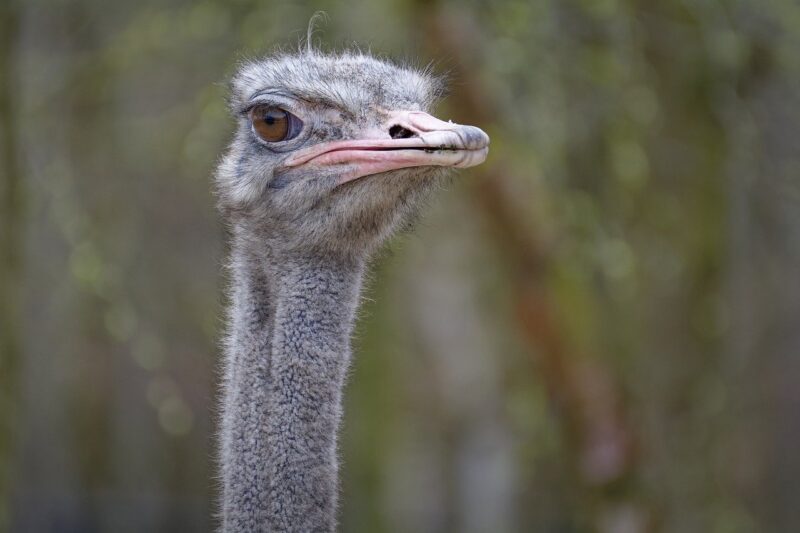What Zoos Teach Us About Animal Conservation and Our Role in Protecting Species
November 12, 2024

Zoos have long been a source of fascination for people of all ages. They not only offer an entertaining day out but also serve as important educational hubs that contribute to wildlife conservation. The role of zoos extends beyond mere recreation; they are vital in educating the public about the diverse array of species on our planet and the pressing issues they face due to habitat loss, climate change, and human encroachment.
1. Understanding the Importance of Animal Conservation
Animal conservation refers to the protection and management of wildlife populations and their habitats. As human activity continues to threaten ecosystems, conservation efforts become increasingly crucial.
Importance of Conservation:
– Biodiversity Protection: Biodiversity is essential for ecosystem health, human survival, and the overall balance of nature.
– Ecological Stability: Preserving a variety of species ensures that ecosystems function effectively and can recover from disturbances.
– Cultural Significance: Many species hold cultural value and significance to human societies, making their survival important for maintaining cultural identity.
Threats to Wildlife:
– Habitat destruction due to urbanization, agriculture, and deforestation.
– Climate change altering ecosystems and leading to the extinction of vulnerable species.
– Poaching and illegal wildlife trade directly endangering many species.
Zoos play an important role in combating these threats and fostering a culture of conservation through various initiatives.
2. The Role of Zoos in Conservation
Modern zoos are no longer merely places for displaying animals; they are engaged in several key activities that promote conservation:
a. Breeding Programs:
Zoos participate in breeding programs to ensure the survival of endangered species. Through controlled breeding, zoos can maintain genetic diversity and work towards reintroducing animals into their natural habitats. Examples include the successful breeding of the California condor and the Arabian oryx, which were brought back from the brink of extinction through concerted zoo efforts.
b. Education and Awareness:
Zoos educate the public about wildlife and conservation issues. Through exhibits, presentations, and interactive programs, visitors learn about the challenges that species face in the wild and the importance of conservation efforts. This awareness fosters a sense of responsibility and encourages individuals to take action in their daily lives to protect wildlife.
c. Research:
Many zoos conduct vital research on animal behavior, genetics, and health, contributing to the broader scientific understanding of species. This research can inform conservation strategies both in captive settings and in the wild.
d. Habitat Restoration Projects:
Some zoos invest in habitat restoration and protection projects that benefit wildlife in their native environments. By collaborating with local communities and organizations, zoos help restore landscapes and protect essential ecosystems.
3. How Zoos Inspire Individual Action
Zoos have the potential to change how people think about animals and the environment. Through their educational programs and direct engagement with visitors, zoos inspire individuals to become advocates for conservation.
Personal Responsibility:
– Informed Choices: Visitors often leave zoos with a newfound understanding of their impact on wildlife and are more likely to make environmentally conscious choices, such as reducing plastic use or supporting sustainable products.
– Community Involvement: Many zoos encourage local community involvement through volunteer opportunities, conservation programs, and citizen science projects, allowing individuals to actively contribute to wildlife protection.
– Advocacy: Zoos often provide resources and tools for individuals to advocate for wildlife policies and support conservation efforts, such as participating in wildlife conservation fundraisers or local initiatives.
Engaging the Next Generation:
Through targeted educational programs for children and families, zoos aim to instill a love for wildlife in the younger generation, producing passionate advocates who are knowledgeable about conservation issues and willing to take action.
4. The Challenges Zoos Face
Despite their contributions to conservation and education, zoos face criticism and challenges that must be addressed to ensure their effectiveness.
Ethical Concerns:
There are ongoing debates regarding the ethics of keeping animals in captivity. Critics argue that some species’ needs cannot be met in a zoo environment, leading to welfare concerns. To mitigate this, many modern zoos are prioritizing animal welfare by expanding enclosures and creating more natural habitats.
Funding and Resources:
Zoos often depend on ticket sales, donations, and government support for funding. Economic downturns or reduced public interest can threaten their budget and ability to operate effectively, aka conserving and educating the public.
Training and Expertise:
Zoos require knowledgeable staff with training in animal behavior, veterinary care, and conservation science. Attracting and retaining qualified personnel can be a challenge, particularly in a field where expertise is highly specialized.
Regulatory Challenges:
Zoos must navigate a complex landscape of regulations and standards concerning animal care and conservation. Compliance can be resource-intensive and impact zoo operations.
5. Conclusion: Our Role in Conservation
Zoos serve as beacons of hope in the fight for wildlife conservation. They provide a unique opportunity to connect people with the natural world and inspire future generations to stand up for the planet and its diverse inhabitants. Through breeding programs, research, education, and community outreach, they play an essential role in reversing the tide of extinction.
As individuals, we can contribute to conservation efforts by supporting ethical wildlife organizations, making sustainable lifestyle choices, and advocating for policies that protect our planet’s precious ecosystems. By recognizing our role and responsibility in protecting these creatures and their habitats, we not only benefit wildlife but enrich our own lives in the process.
To truly appreciate the beauty of the world around us, we must commit to being stewards of the environment, understanding that our actions resonate far beyond the confines of a zoo.
Whether visiting your local zoo or engaging in wildlife conservation efforts in your community, remember: every action counts and collectively, we can make a significant impact on the survival of our planet’s dependent and diverse species.







